Running is a great way to get in shape while you get outdoors. If you are a beginner, picking the right clothing can be fun but you may be asking “what is the best clothing for a beginner runner to wear?” Finding proper gear makes a positive difference in comfort and performance when just getting started and on every run afterwards. In this article, I break down essential clothing for new runners, cover the basics of running attire, and explain how to choose outfits for varying temperatures and body types.
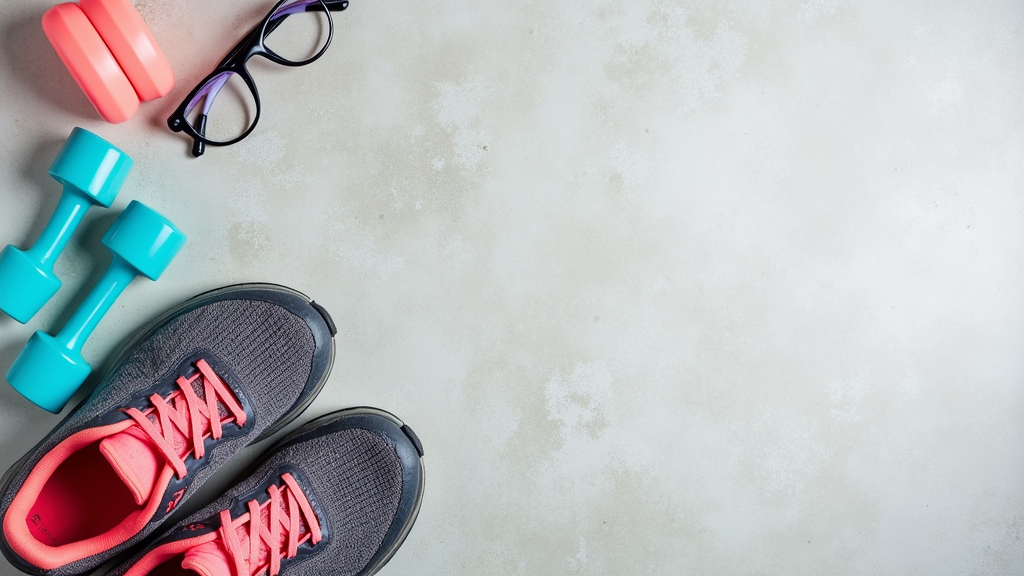
Must-Have Clothing Items for Beginner Runners
Key items include moisture-wicking shirts and socks, comfortable shorts or leggings, and well-fitting running shoes that offer reliable support. Each piece helps keep you dry and reduces distractions by minimizing the potential for injury, chafing and blisters.
In addition, a lightweight jacket or vest for wind protection, rain gear for wet weather and reflective accessories for low-light conditions are a wise investment. These extra elements not only boost safety when running in varied weather conditions, early in the morning or late in the evening but also help you maintain focus on your workout and keep you on track no matter the conditions.
This section is designed to give you a clear view of what to prioritize when shopping for running gear. Even if you start with just a few basic pieces, you can gradually build a wardrobe that suits your evolving training needs.
While some can run in their birthday suite
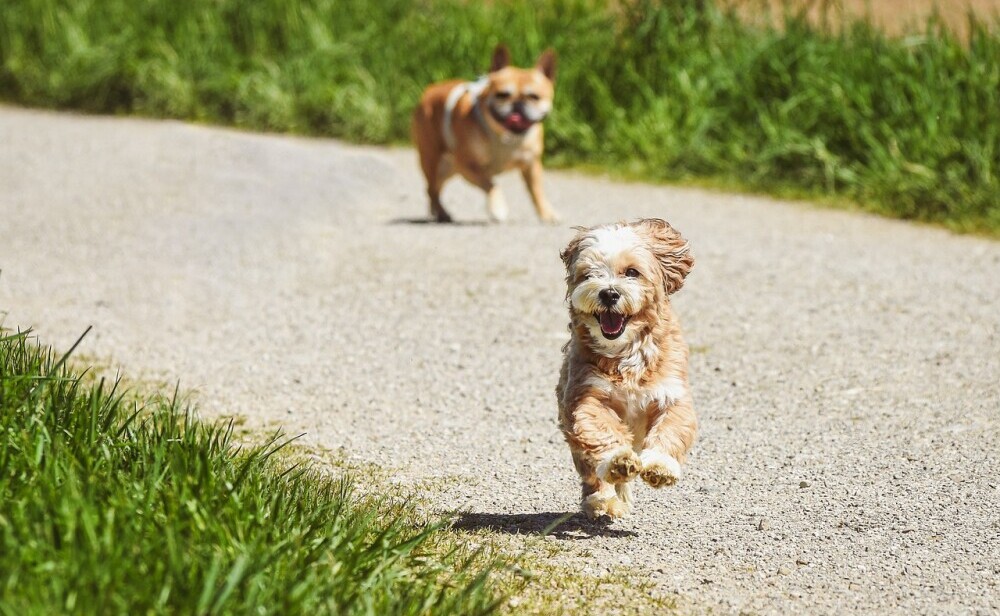 The the rest of us need to gear-up!
The the rest of us need to gear-up!
Running Attire for Beginners
For many newcomers, the wide range of clothing options can make it hard to choose. It is best to begin with the essentials and expand your wardrobe as your routine evolves.
Starting with your top, whether you prefer sleeves or a singlet I recommend choosing something constructed from moisture wicking fabric. Keeping your skin dry minimizes chafing, prevents chills and promotes overall comfort. You want a top that is close-fitting enough to avoid getting in the way of your movement but loose enough to allow air flow.
For female runners, a supportive sports bra that provides support can minimize discomfort and is highly recommended. Always look for features such as moisture-wicking and good ventilation when assembling your running wardrobe.
Shorts or leggings, the choice may depend on personal preference, but both should allow you to move freely without restriction. Materials that are lightweight and effectively wick moisture away from the skin can make a significant difference to minimize chafing on warm days and chills on cooler days.
A good pair of socks is often overlooked; choosing options made from synthetic fibers or merino wool to wick away moisture can prevent blisters and provide the cushioning your feet need. They may be the smallest item on this list, but they are a big consideration.
Your running shoes are vital. They should be well-fitted to prevent slippage. They should offer both proper support and comfort. Cushioning is also a very important aspect and should be appropriate for your running terrain, especially for beginners.
Many Newbies find that starting simply and experimenting with styles can make the process enjoyable and even fun. Keeping your early choices versatile allows you to mix and match pieces as you learn exactly what works best for you.
Dressing for the Weather: What to Wear Based on Climate
Weather plays a decisive role in choosing your gear and maximizing your running performance and enjoyment. When planning your running outfit, think about layering and selecting fabrics based on ambient temperature.
In warm weather, opt for a short-sleeved or sleeveless top made from moisture-wicking material that allows heat to escape and sweat to evaporate quickly. Complement this with shorts or a running skirt designed to reduce friction during activity. You could also add a lightweight headband or cap to help manage sweat and sun without adding extra weight.
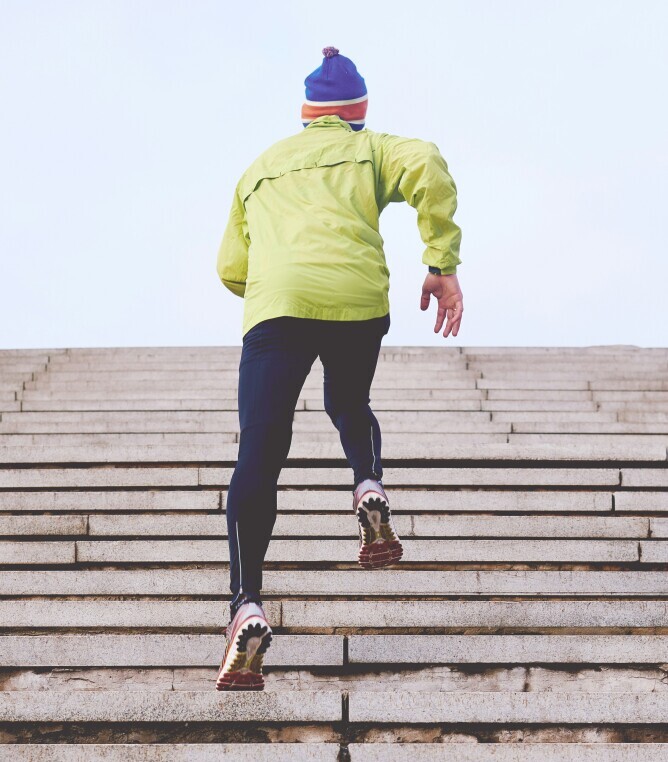
On cooler days, layering is key. Begin with a moisture-wicking base layer that pulls sweat away from your skin, then add a long-sleeved shirt or light jacket for extra warmth. If you encounter cold winds, a windbreaker or softshell jacket can block chill without trapping excess heat. Accessories like gloves and headgear that cover the ears are useful additions in biting cold weather.
For rainy conditions, waterproof or water-resistant attire comes into play. A lightweight, breathable rain jacket that keeps you dry without overheating is essential and running shoes with a grippy outsole provide needed traction on slippery surfaces.
Always choose well-fitting socks made specially for running. These socks are made to stay in place and are typically made from a blend of fabrics that wick moisture away from your skin keeping your feet dry minimizing friction and preventing blisters. Many also provide extra cushioning deliberately placed to maximize comfort.
This weather-based approach to dressing ensures that you can adapt your outfit based on the conditions, making every run more comfortable and safer.
Personalizing Your Running Attire: Based on Body Type and Fitness Level
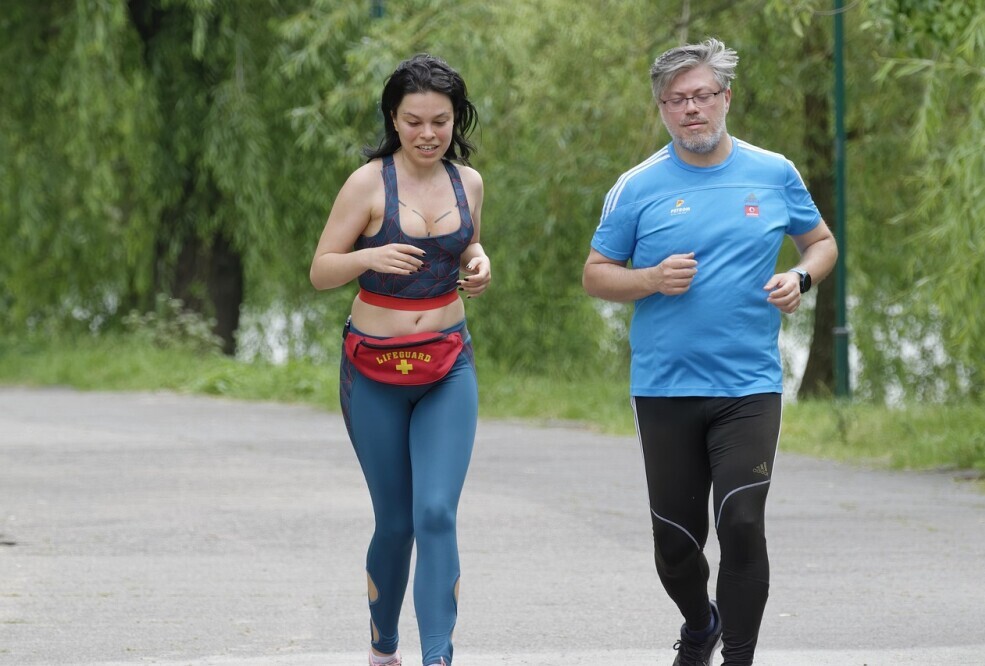
Your body type and fitness level are also important factors when choosing clothing that is both comfortable, injury preventing and flattering.
If you have a lean build, you might benefit from gear with a snug fit, such as compression-style shirts and leggings that reduce wind resistance and support blood flow. These tighter items give a secure feel during runs.
For runners with a fuller figure, looser, stretchy fabrics can offer enhanced comfort. Clothing with extra flexibility ensures that movement is not restricted. Features such as adjustable waistbands or strategic paneling can further improve the overall fit and reduce or prevent chafing.
As your fitness level increases, your priorities might shift slightly toward performance benefits. While beginners often focus on comfort and ease, more advanced athletes sometimes look for gear that offers additional advantages like improved breathability or muscle support.
This section underlines that the best running attire is not one-size-fits-all. Over time you should try out various options that will ultimately lead to a more personalized and effective running wardrobe.
Quick Guide to Assembling Your Running Wardrobe
Getting started with the right running attire doesn’t need to be complicated or expensive. Here is a straightforward guide to help you build your beginner’s wardrobe:
- Start with the Basics: Pick a couple of moisture-wicking tops and bottoms that are designed for ease of movement.
- Invest in good running socks: Your socks should fit well to stay in place and not bunch up and be moisture wicking – this is important.
- Invest in Good Shoes: Your running shoes are vital. They should be well-fitted and offer both proper cushioning, support and comfort.
- Layer According to Climate: Add a lightweight jacket or vest for wind protection on breezy days and consider waterproof options when the forecast calls for rain.
- Consider Supportive Accessories: Include headbands, reflective gear for low-light conditions, and a hat and sunglasses for bright sun.
Common Considerations for Beginner Runners
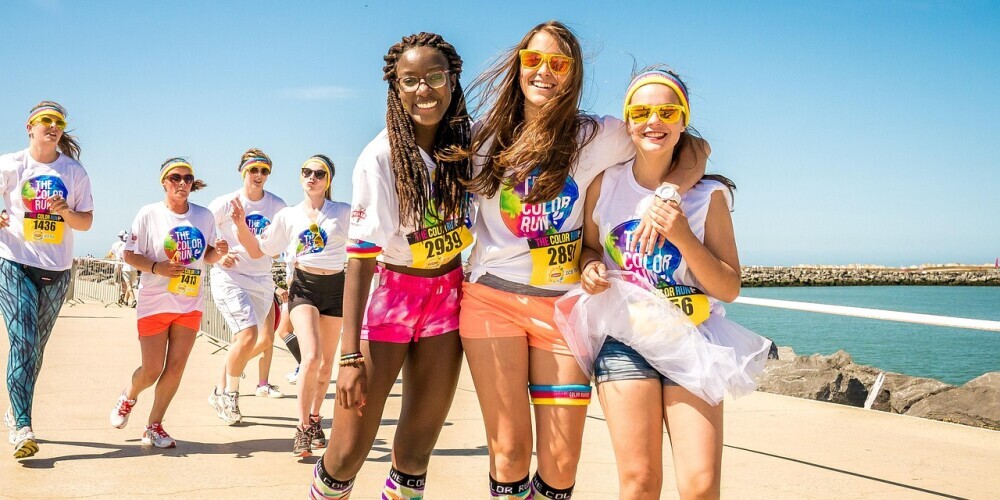
When putting together your running wardrobe, there are essential considerations to keep in mind.
First, fabric choice matters, it is a very important detail. Avoid cotton because it absorbs and holds moisture against the skin and can lead to chafing. Choose synthetic blends that deliver lasting comfort and moisture wicking properties.
Second, achieving the right fit is key. Clothing that is either too tight or too loose can interfere with movement, restrict air flow and cause friction. A balanced fit is what you should aim for.
Third, remember that your running attire should change with the seasons. Gear that works well in the summer might need to be altered for winter or rainy conditions, so always check the weather forecast before you head out.
Lastly, proper maintenance of your running gear extends its life. Following care instructions, such as washing guidelines, helps preserve the fabric’s performance over time.
Choosing Fabrics
Quality running clothes are often crafted from specialized fabrics that manage moisture, regulate temperature and bacterial activity. Materials like polyester and nylon blends move moisture away from the skin, dry quickly and help sweat evaporate efficiently.
Some newer fabrics even include antimicrobial properties to keep odors at bay during long training sessions. Understanding the fabric technology can help you choose clothes that perform well in various conditions. This is true for shoes as well.
Picking the Right Fit
Finding a proper fit is as important as selecting the right fabric. Clothes that are too baggy can lead to unwanted friction and interfere with movement.
Overly tight clothing may restrict your range of motion or even circulation. Many brands provide a range of cuts and sizing charts to assist you in finding the best option.
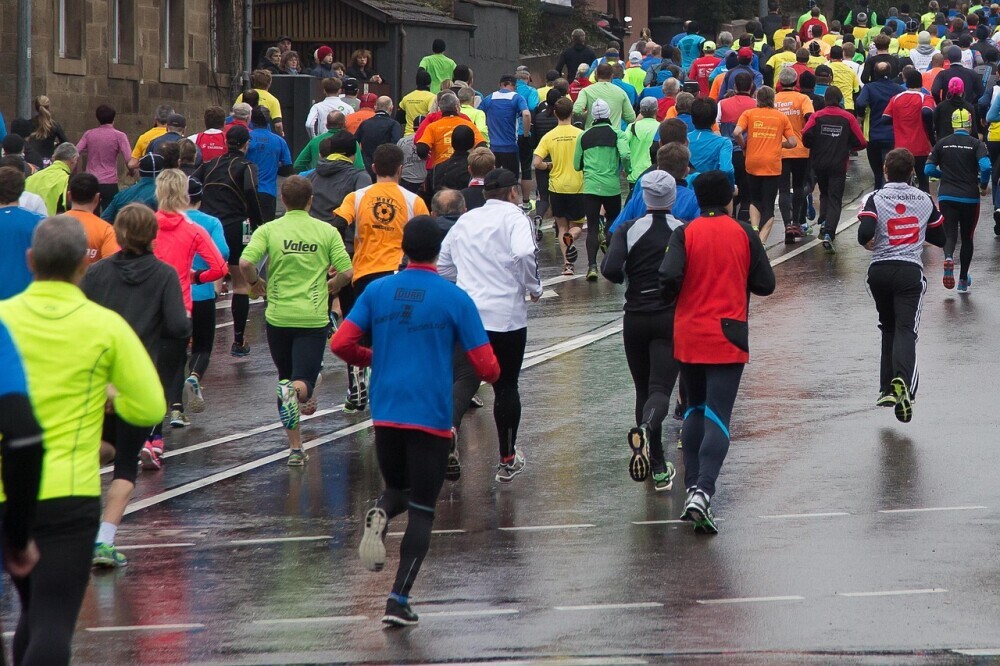
Wrapping Up Your Runner’s Wardrobe
The best clothing for beginner runners is all about finding the right balance of comfort, performance, and personal style. Whether you are sweating it out on a hot day or layering up to beat a chill, the right gear sets the stage for a safe and enjoyable run while striking a perfect balance between style and function.
Investing in quality items like supportive running shoes, moisture-wicking fabrics, and weather-appropriate layers means you spend less time worrying about your gear and more time focusing on your run.
Running is not just exercise; it offers a valuable opportunity to connect with yourself and the environment. A thoughtful approach to your running attire sets you up to enjoy every mile with ease. Stay flexible, keep adapting, and most of all, enjoy every step of your run.
.


This was a super helpful overview—getting started with running can feel overwhelming when you’re unsure about what gear is actually necessary. I definitely made the mistake early on of running in heavy cotton shirts, which became super uncomfortable once I started sweating!
I’m curious—how much of a difference do you think specialized running clothes make for short runs versus longer distances? And are there certain brands or fabric types you’ve found hold up better over time, especially for people just starting out?
In my experience, comfort and breathability make a huge difference in staying motivated. Thanks for breaking it down so clearly!
Hi Tommy,
When I started running nearly 50 years ago there were no moisture-wicking choices. I wore cotton shirts, shorts and cotton tube-socks! Just like in gym class – LOL I got blisters, and I got weighed down by soaking wet clothing and occasional chafing. These skin issues would interrupt my running schedule. I first learned that the fabric makes a difference when I started basic training in the Army in 1980. There still were no synthetic moisture-wicking options, but Army socks are 100% wool which wicks away moisture naturally. I still got a blister or two and used a lot of mole skin. Then came the advent of synthetic moisture-wicking fabrics and that changed everything.
Specialized running apparel makes a huge difference whether you are going for only a two-mile run or a ten-mile run. Regardless of the length of the run, moisture-wicking, anti-friction light-weight apparel will enhance your comfort, reduce the likelihood of injury and improve your performance. It really is indispensable, regardless if you are a beginner or seasoned runner.
As with all products, some are higher quality than others. I wear a lot of Underarmour or RoadRunnerSports brand. I usually stick with mid-priced as I find the quality sufficient and price is nice. I wear WigWam socks exclusively, but that is just my quirk. My experience is that they hold-up well over time but as I say, I don’t wear much of anything else so I cannot speak to a comparison.
As you mention, comfort and breathability are very important. There are many good choices for a fair price so that anyone can get this apparel without breaking the bank. That is what I think most beginners want. I am no beginner and i used to run ten-mile routes routinely. I always made out fine with reasonably priced average apparel. Except my shoes of course, I always get the best shoe, and I will pay the price. Shoes are the workhorse of any runner’s ensemble.
Thanks for reading my article.
Kevin